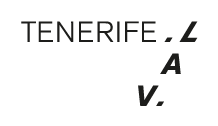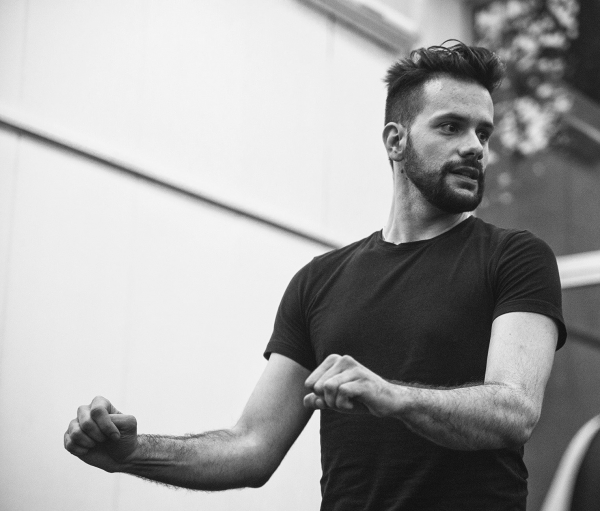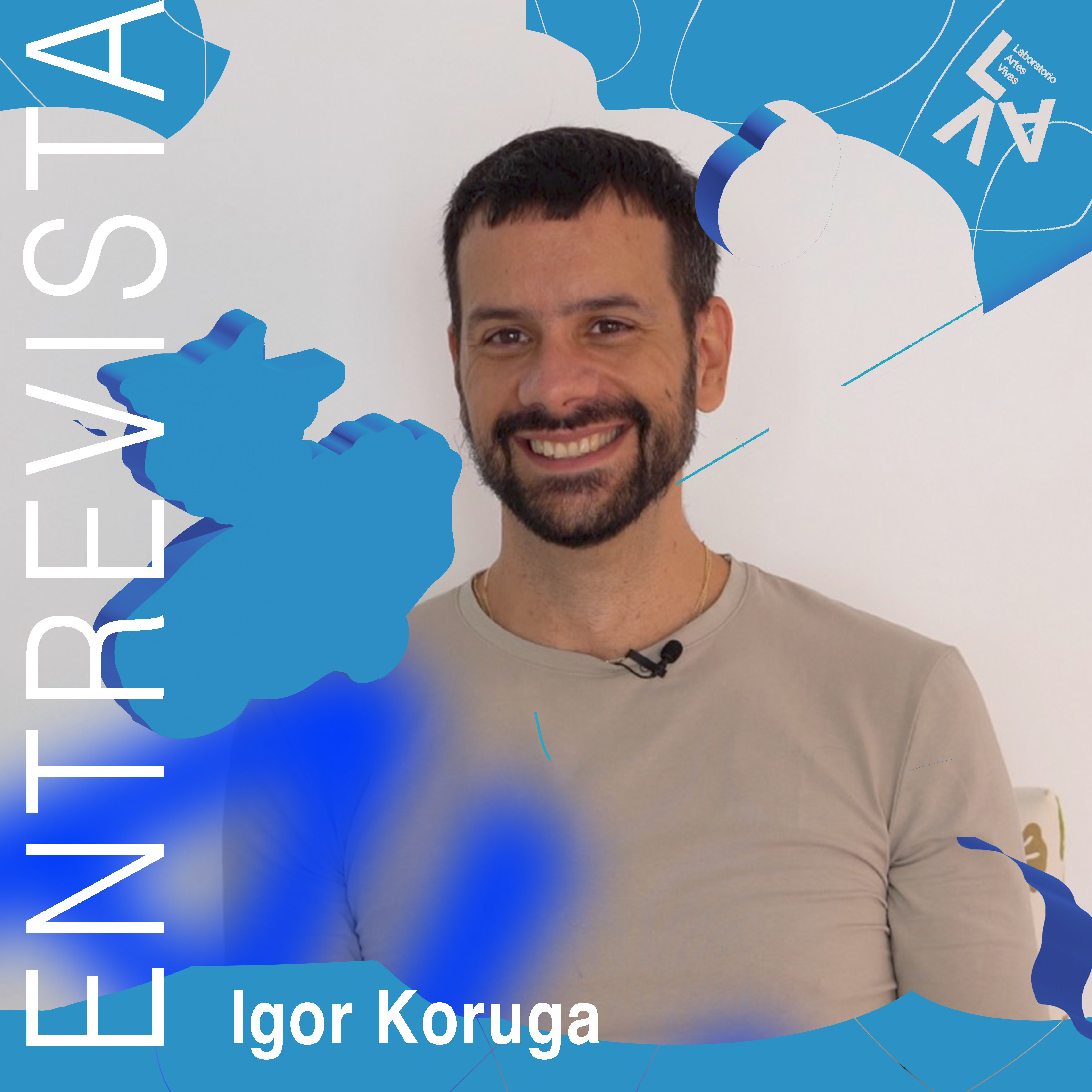Comenzamos nuestras residencias de otoño recibiendo a Igor Koruga, artista serbio independiente que trabaja en danza contemporánea y coreografía. Estudió Antropología y Etnología en la Universidad de Belgrado y Solo/Danza/Autoría en la Universidad de las Artes de Berlín.
A lo largo de este mes de octubre desarrollará en Tenerife (Espacio PRANA) una investigación que explora los discursos del cuidado y la vulnerabilidad basados en ideas feministas y anti-antropocéntricas a través de la danza y la coreografía. “Mi objetivo es crear una práctica física y afectiva y una performance a través de las cuales el reconocimiento público del discurso del cuidado -como forma de resistencia al actual realismo capitalista omnipresente y patriarcal- pueda ser explorado, iniciado, ensayado y representado. Quiero explorar la emergencia de un espacio para nuestras prácticas políticas, que no se define necesariamente por si ocurre y existe en la esfera pública o privada, sino por nuestras vulnerabilidades conjuntas.”
ENG
This artistic research explores the discourses of care and vulnerability based on feminist and anti-anthropocentric ideas through dance and choreography. My aim is to create a physical and affective practice and a performance through which the public recognition of care discourse – as a form of resistance to the present pervasive and patriarchal capitalist realism – can be explored, initiated, tried out and performed. I want to explore the emergence of space for our political practices, which isn’t necessarily defined by whether it occurs and exists in the public or private sphere, but by our joint vulnerabilities. These practices of care move away from both altruism – or sacrifice for the others – and from the utilitarian care: I take care of the Earth because it ‘serves’ me (the Anthropos). Rather, they rest on specific conceptions of life-based relationships that intervene in an ethos of the modern (Western) identity of the Self (controller of everything else foreign to it, defining it as a social, political, biological, economic “threat”. Such critical acts of care escape the construct of political community defined by common interests, and rather seek for a lack of equal responsibilities, and physical and social powers and abilities.
Over the years, my artistic and choreographic practice found its place in the digital domain, less from my personal desire and need, and more from the global circumstances that conditioned the dynamics of its articulation, conceptualization, realization, etc. But the use of digital space opened an important question for my choreographic/dance interests about discourses of care today, which is: how to touch the body that touches the screen? For me, the answer is still – through various forms of physical, social, emotional, biotechnological, medical, economic, environmental and other (mostly invisible) vulnerabilities, with which only when we are very transparent (so different from each other, and yet the same), we crack the patriarchy and capitalism. With reference to several choreographic methods and principles I rely my research on – stillness, breathing, body fluids, rave-clubbing gatherings, phytological models of protest and resistance, spiral drawing, landscape and feminist dramaturgical structures, video and audio editing as a form of choreography, homemade podcasts and social networks as spaces for receiving choreographic images and interacting with them, etc. Thus, until this point, the research covered the vulnerability from several key perspectives: the position of the isolated immunodeficient person during the pandemic; the position of women in patriarchy; the position of non-institutional contemporary practices as resistance to the dominant cultural policies in the history of the development of the local dance scene; the position of anti-anthropocentric coexistence and gathering with microcurrents as new agents of history; the position of (transnational) digital queer interaction; and the position of life with negative feelings (depression, hopelessness, helplessness). In choreographic sense, it’s the analysis of social relations among body movements and the embodiment of the affective space of care, in order to rethink the relational and connective spaces between individuals in a community.
about the residency
Starting from the idea that at least two people are the basic unit of socio-political community, my aim is to explore the duet, trio or small group formation as a basic level of affective-physical space for the application of care practice that can be artistically communicated. Besides the the research for discourse references – books, texts, lectures, documentaries, historic storytelling in relation to the topic of care and community, my further aim is to try-out specific performative models and choreographic procedures of conversation and sharing experiences with people about their experiences of modern working conditions, life, and ideas of community. The goal of these performative models is to: map people’s attitudes towards these topics on a physical level (through body gestures, postures, reactions, voice color, breathing, etc.); to continue analyzing choreographically the social relations among body movements creating specific patterns of behavior and the embodiment and definition of today’s affective space of care between (at least) two bodies, as a practice that can be further developed with the collective (audience); And, to rethink an individual in a community, what a community is, and how are the relational and connective spaces between individuals lived, experienced, understood. As mentioned abovr, these practices come from various principles and methods of physical, digital and kinetically-affective gathering.
One particular methodological focus in this research will also fall over the technique of unison or “sameness” as a performing mean of dance and a cultural-artistic practice with an important historical background: from multipurpose aesthetic-poetic application in works of art of different eras to a targeted ideological and technological tool for shaping the social body of different social orders (communism, fascism, capitalism, etc.). The aim in the choreographic sense is to study the space for creating a ’glitch’ to articulate differences on the affective, cognitive, physical level and thus, to articulate multiple identity changes as spaces of different social and physical powers and abilities (Marta Nussbaum) as a basis for our political, engaged and critical unity and coexistence today.


